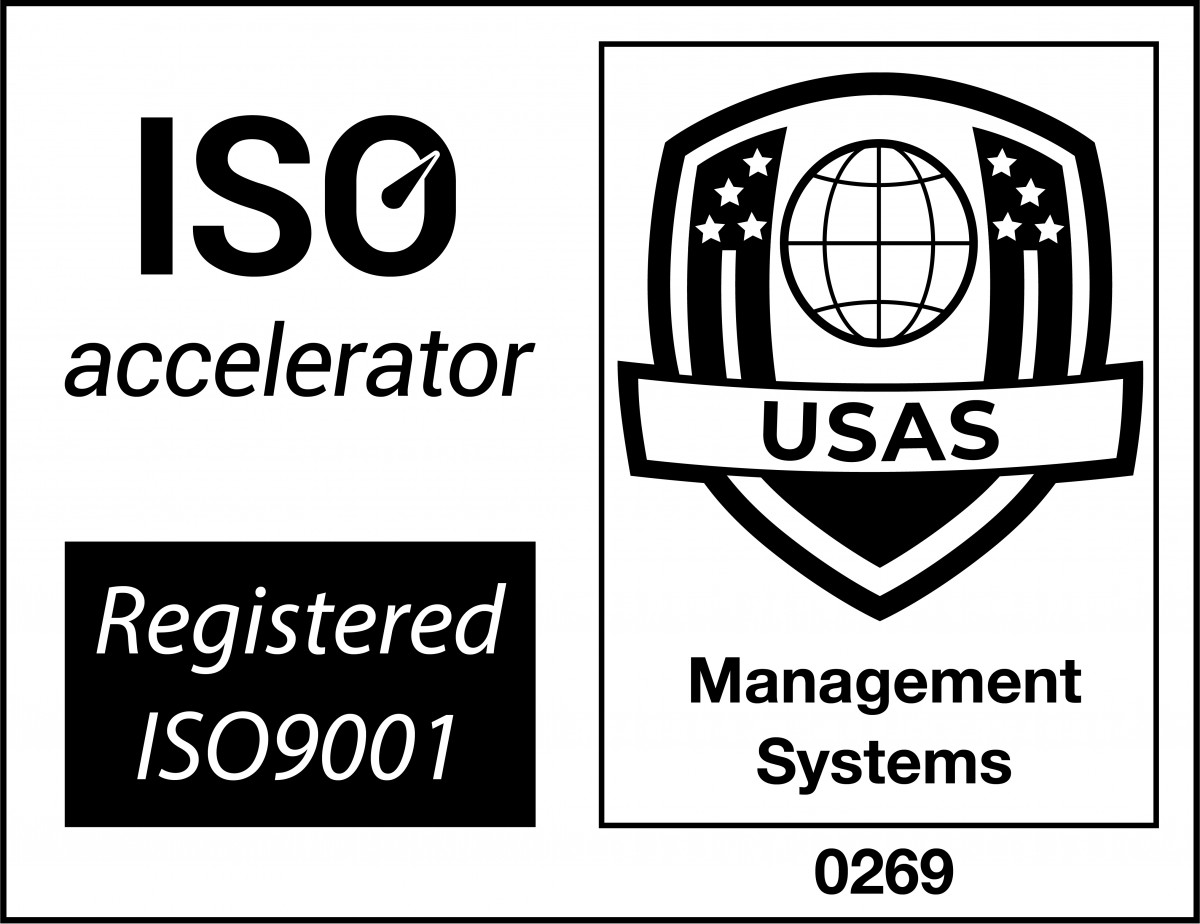How can digital signage technology improve your quick service restaurant?
A common issue for restaurant managers is maintaining customer loyalty. An increasingly popular method of dealing with this is the use of digital signage technology. With marketing boards in windows, digital menus and screen at the point of purchase, digital signage for QSR (quick service restaurants) has never been so popular.
If you’re a restaurateur considering making the leap to digital signage, we’ve compiled this list so you can make the most informed decision.
1. Customer Experience and perception
In QSR the biggest letdown for the customer is waiting for service. Digital signage helps improve that by simplifying the ordering process and showing the time it will take to receive your order.
Information can be presented in visually interesting ways and can be paired with marketing material. This helps keep customers engaged with your brand while they wait for their order. It has the added benefit of creating the public perception that your company is on the cutting edge of technology.
2. Error Elimination
While it’s only natural for mistakes to occur, they can often lead to customers getting angry. For example, a menu item on a static sign may have the wrong ingredients listed. Staff will have to explain the mistake to customers until a new sign can be printed.
Digital signage solves this issue. You can remotely control your digital signage technology, meaning you can change its messaging whenever you like. This prevents those awkward explanations to customers.
3. Flexible menu management
As you can see, it’s easy to change any of the information displayed by your digital signage technology. You can even do it without being in the restaurant. The system can be configured to change the menu from breakfast, lunch or supper automatically.
The menu can also be configured to target certain audience from students, late night travellers, and also target certain events such as Christmas and Easter.
Digital signage makes it easy to have certain items promoted to match certain demographics, events or time periods.
4. Detailed information
Traditionally you have to ask a member of staff for detailed breakdowns on ingredients or nutritional information. There is no guarantee, though, that they have all of the correct information.
Digital signage can eliminate this issue by providing complete information with helpful images to help the customer understand what they are ordering.
Digital signage improves customer perception of a product as well as increase the number of customers.
5. Conforming with food regulations
To comply with food safety regulations you must detail every ingredient that goes into an item on your menu. You also have to provide information for people with special dietary requirements. With digital signage you can display all of the relevant information on nutrition and ingredients to comply with food laws.
Digital signage in your QSR enables customers to make informed decisions since they have information on the kind of food they want to order.
6. Reduce expenditure
Traditional static menu boards incur costs for designing, printing, shipping, and installation. These costs repeat themselves every time a revision needs to be made. Over time, digital signage can remove this issue from your QSR. The only ongoing costs associated with digital signage is maintenance, and this is outweighed by the savings you will make over static signage.
7. Community support
Business owners often want to give back to their community, but aren’t sure how. Digital signage for QSR can be used to display local sporting events and local news to bring people together. This also helps bring local people into the restaurant.
We hope this list has helped you decide whether to invest in digital signage for your QSR. If you would like to talk with our experts on digital signage, get in touch to arrange a consultation.



